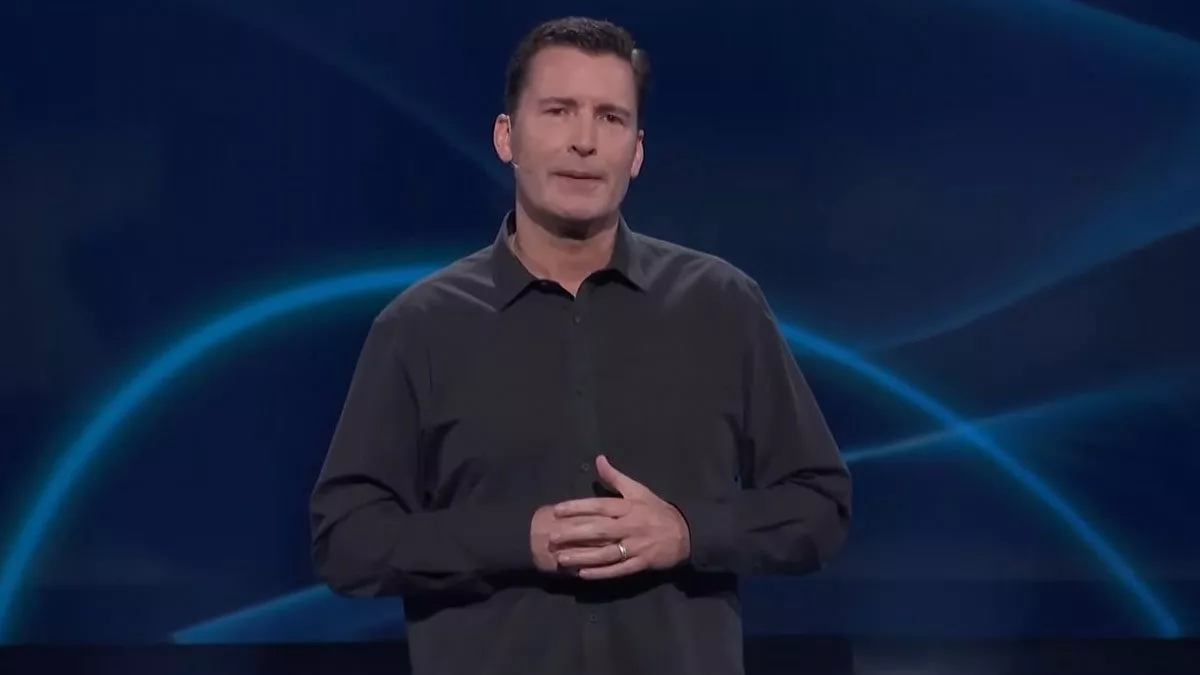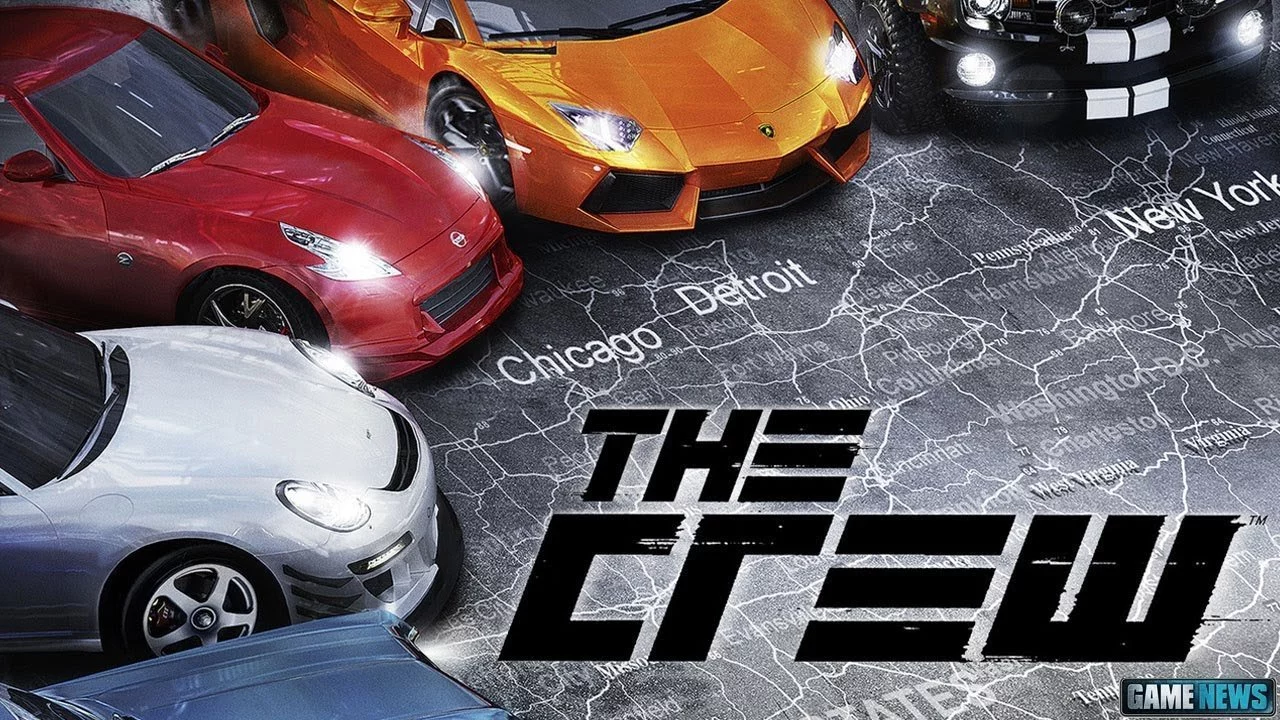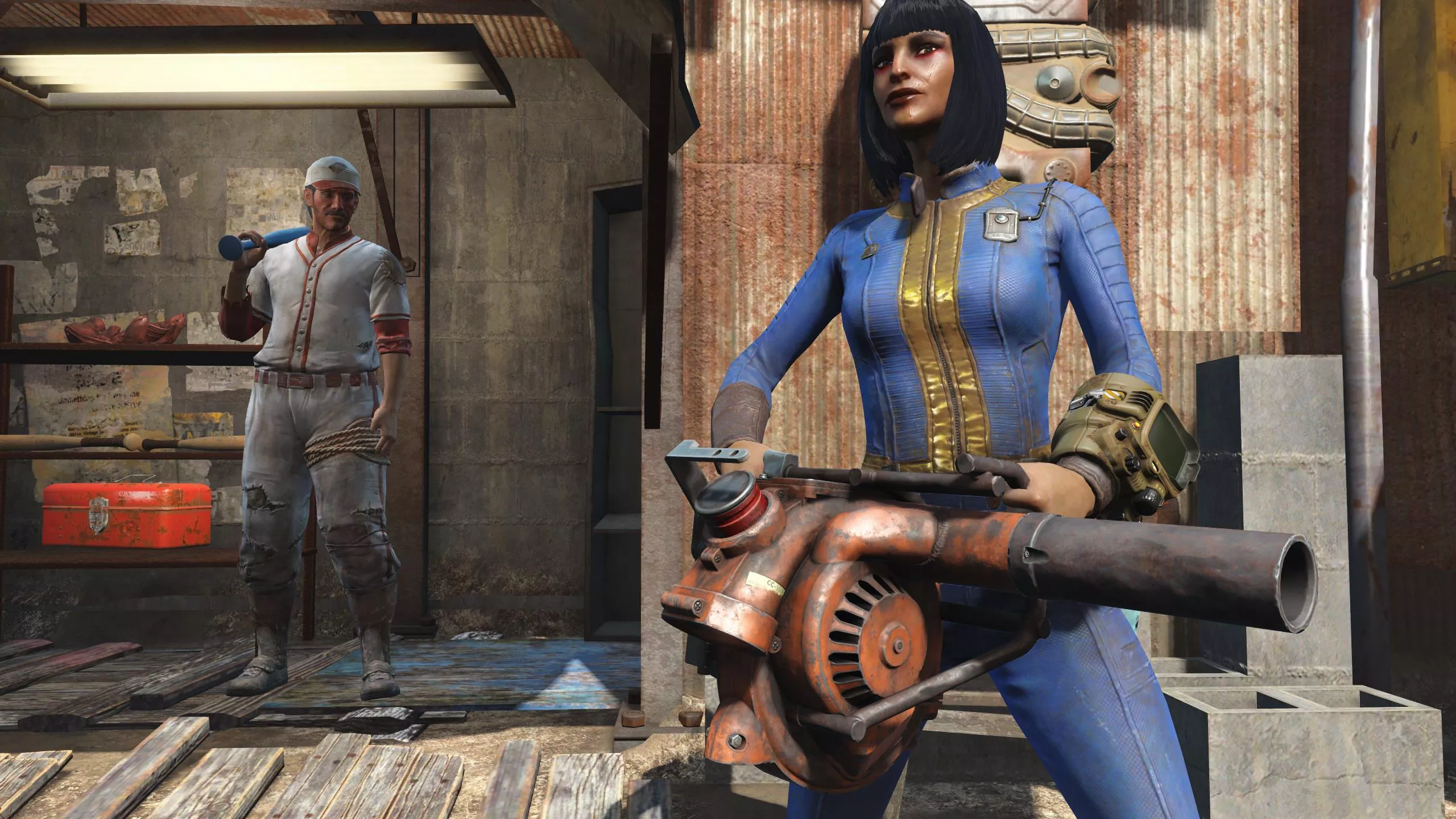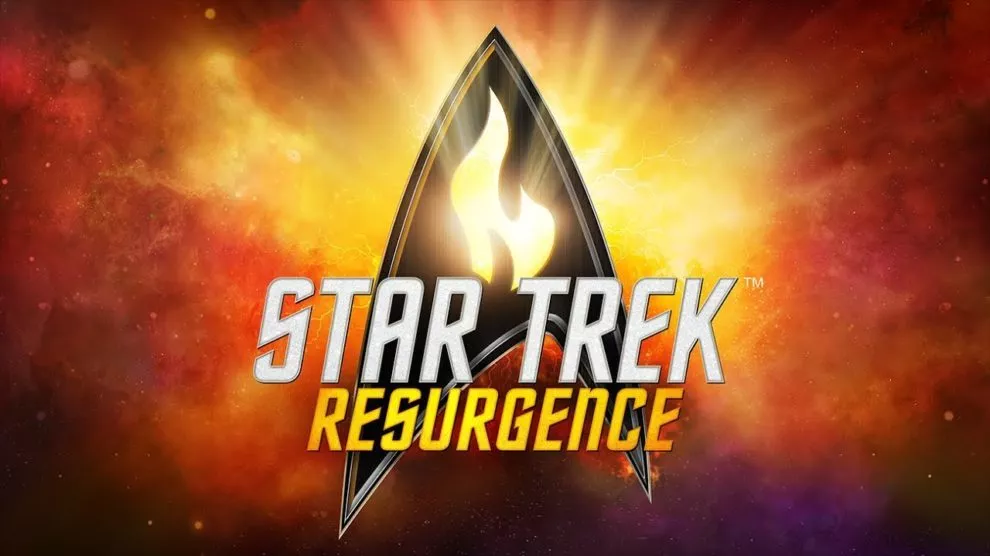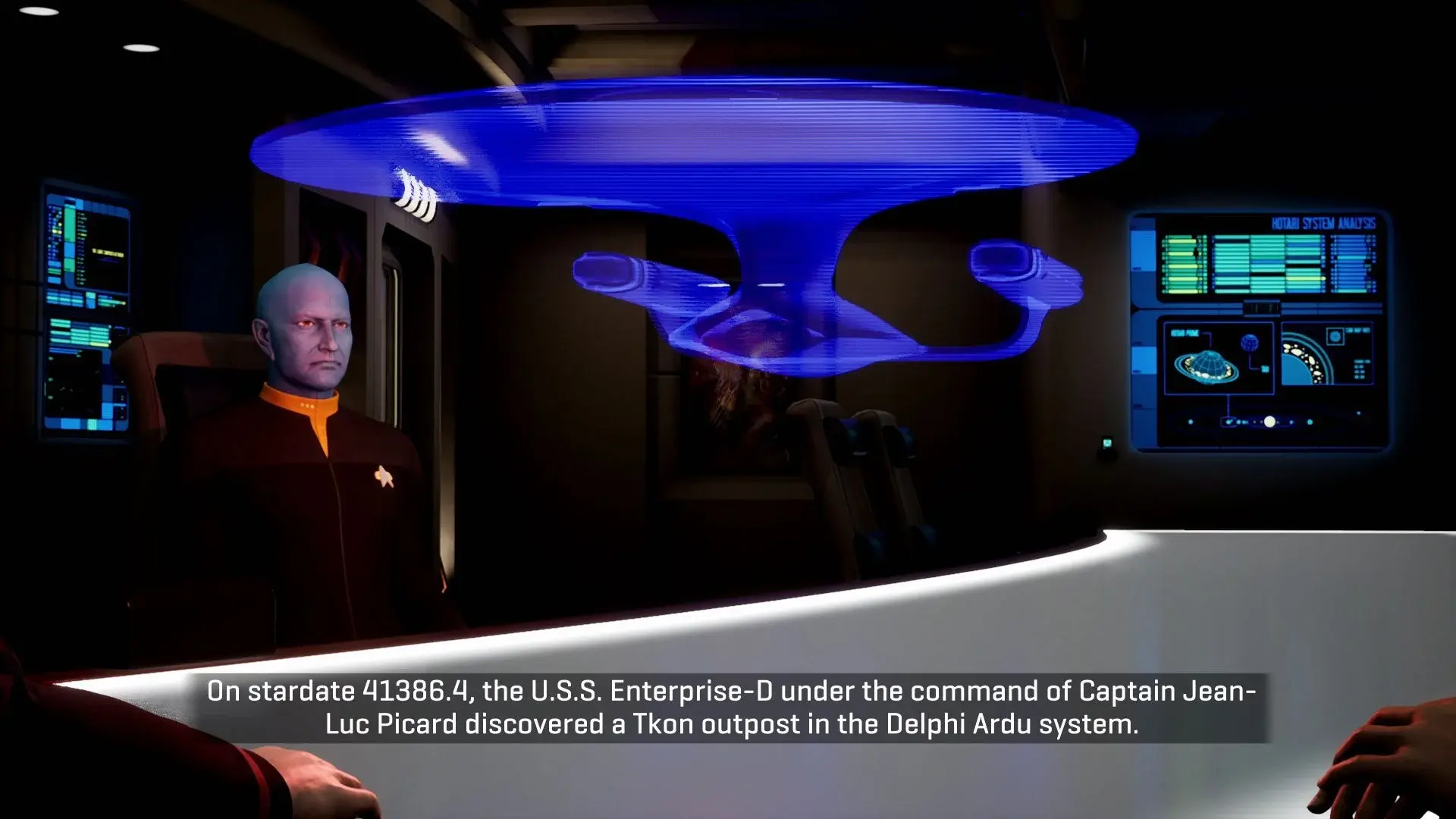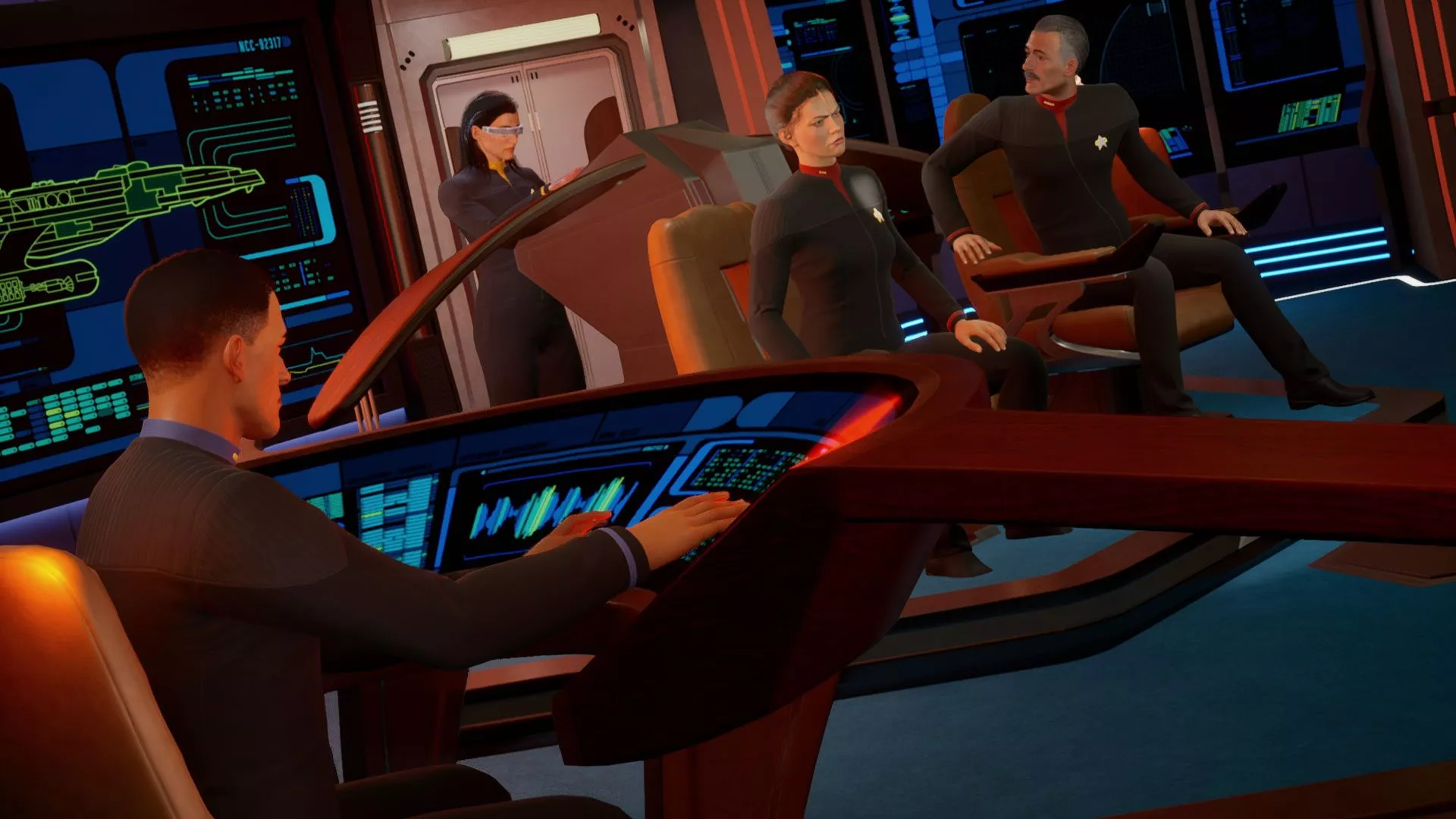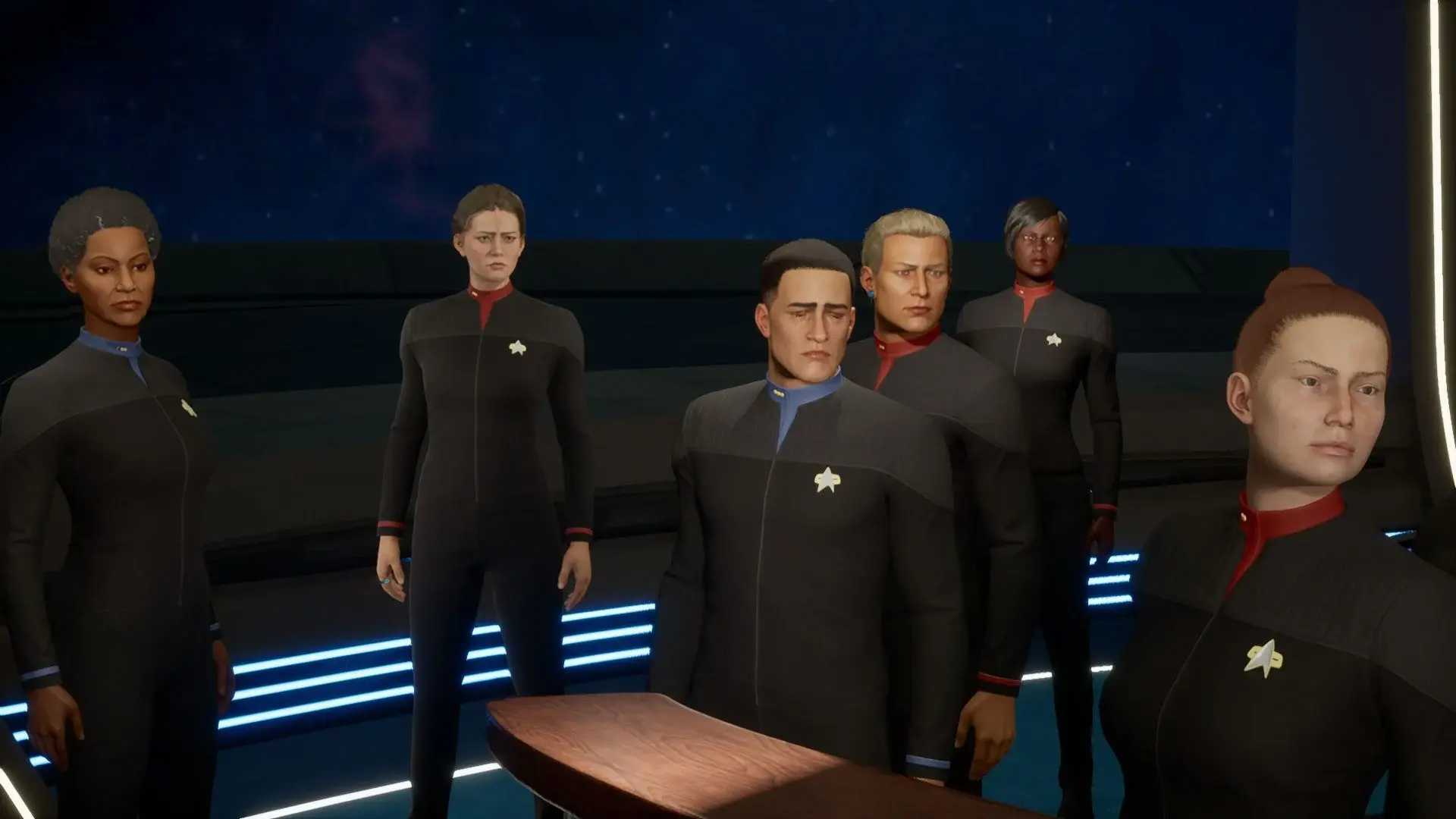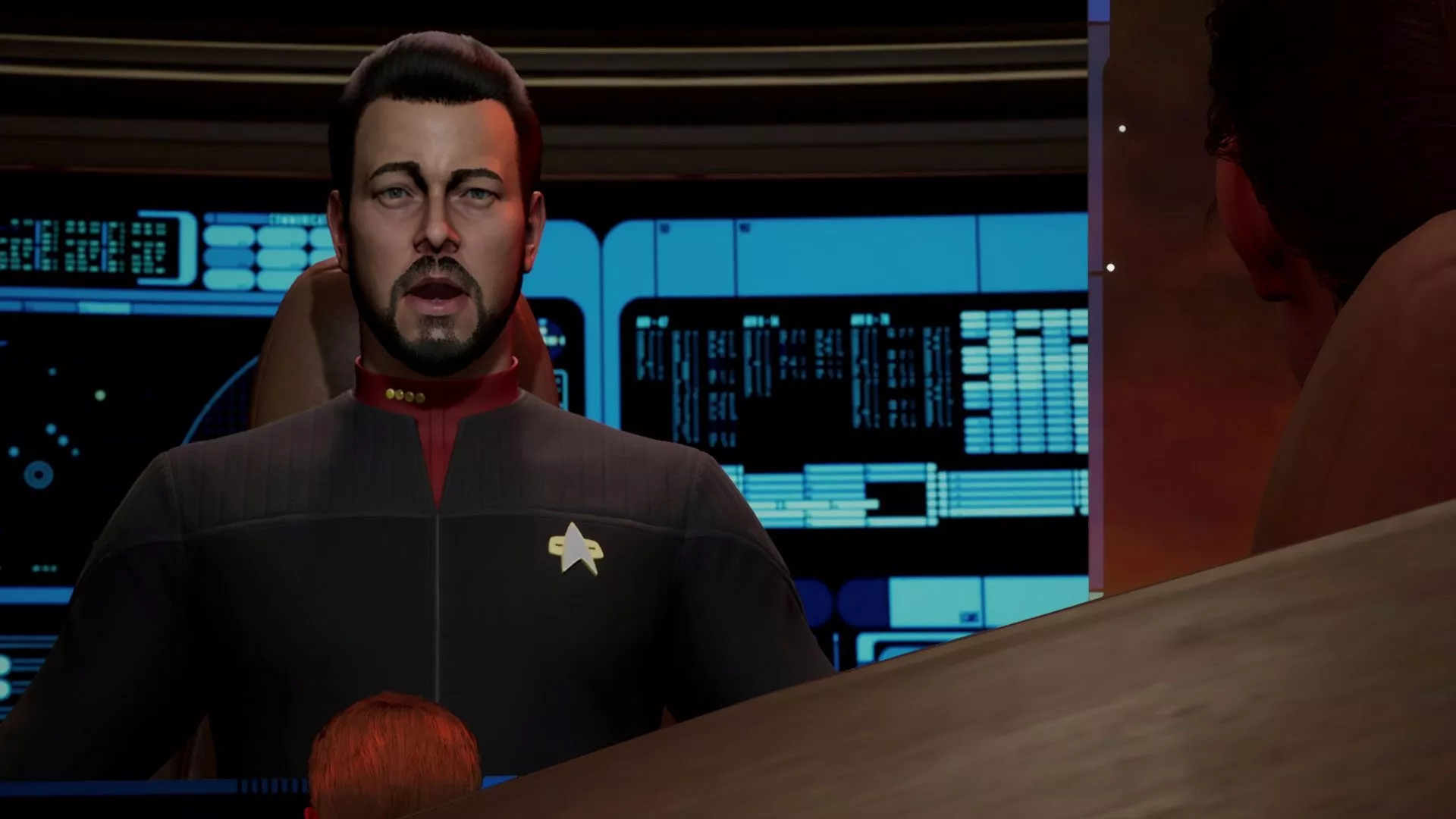Dan Martin and Andrew Grant sit down with Stevivor for an interview clearly separated into spoiler-free and spoiler-filled sections.
Star Trek Resurgence is out now, and while it has some bugs here and there, I called it the best Trek game since 1995’s The Next Generation A Final Unity.
We were fortunate enough to send a multitude of email questions over to Dramatic Labs’ Dan Martin (lead writer) and Andrew Grant (writer) to delve even deeper into the title, Dramatic Labs’ first.
We’ve separated the questions into spoiler-free and spoiler-filled, even though the latter really isn’t that bad. We’ll explain why down there.
Star Trek Resurgence spoiler-free interview
Before we get to the questions, be aware that we do reference characters and plot points that have formed the core of Star Trek Resurgence‘s marketing. If you’re not even wanting to come across those elements, come back after you’ve played the game!
Steve Wright, Stevivor: First, congratulations on the release of Resurgence! Reviews illustrate your love for the franchise and the attention to detail found within. On that note, can you speak to how you decided on the deep cut of the Tkon Empire and Portal 63 as the centerpiece of your story?
Dan Martin, Star Trek Resurgence lead writer: Thanks so much for taking the time to check it out! One of the great things about working in the Star Trek Universe is the rich tapestry of stories, characters, and civilizations that have appeared before. Naturally, as a writer you want to make your own mark and create something new, but you also want to tap into that deep resource of story to pull from. There was a lot to like about featuring the Tkon Empire. They were introduced in The Next Generation, which is where my Star Trek fandom was cemented. And it felt like it hadn’t been explored a ton, so there was a lot of untapped potential. Especially for a civilization that was once so powerful, and remnants still exist in the present of our story in 2380.
Andrew Grant, Star Trek Resurgence writer: It’s always fun to include elements that true fans will remember and at the same time important for us to have the dramatic latitude to expand upon what we learned about Portal and the Tkon in the TNG episode. Narratively it also created an interesting playable space for the player where the return of an ancient empire could be perceived as a clear threat as well as a potential opportunity. Given the Tkon were so technologically advanced and Portal is a representative of the real Tkon, it’s interesting to consider how the Federation might benefit from their advancements. To me those shades of grey make for a more compelling Star Trek story.
Stevivor: And following that, were there other similar deep cut-style angles you were considering instead?
Martin: There are all kinds of mysteries and unanswered questions in the world of Trek, some deeper cuts than others. Even just looking at the Original Series and its movies there are plenty. Where did V’Ger come from? Who made the Doomsday Machine? What does god need with a starship? We spent a lot of time looking at a lot of different canonical threads to pull on that we might want to bind to our original story. But the Tkon Empire felt right pretty much immediately. Beyond that, across the board, we have little hints and Easter eggs that we’ve included and many more that didn’t make the cut. A reference to a giant green hand in space, a Rockman, and a talkative Lurian are examples that didn’t find their way into the final game.
Grant: One of our two playable characters, First Officer Jara Rydek, is half-Kobliad and that in itself is something of a deep cut. For us it was important to introduce her as a character that is both incredibly accomplished and yet uniquely vulnerable as she assumes this new role aboard the U.S.S. Resolute. Considering what the Kobliad have suffered gives an additional layer of context and dimension to the narrative and to her as a playable character.
Martin: Riker’s inclusion, to me, makes perfect sense given the story — but why was it important to you to include Ambassador Spock as well?
Martin: We drew our inspiration for the style of this game – in terms of visuals, music, sound, and storytelling – from MANY different generations of Star Trek. You’ll see references that harken back to TOS, and ship design elements from the most recent iterations (yes, I like the bridge window over the viewscreen – remember, the Enterprise-D has a skylight, and so does the Enterprise from “The Cage”!). From a character standpoint, Spock also spans its many iterations in a way few other characters do (funny enough, so does Riker). And at this point in time Spock is an ambassador – probably the most famous diplomat in the Federation – so it makes sense he would be sent along to lend some credibility to a small ship with a big mission.
Grant: I’ll answer strictly as a fan, having worked on many other licensed franchises with iconic characters. When you have the chance to interact with and make an impression on a character you know and love, there’s nothing else like it. In our game Spock is keenly aware of the choices you make and he’s tracking your trajectory throughout the game. To receive his approval at a key juncture during a difficult choice is just really damn cool.
Stevivor: Can you speak to why you’ve chosen the time period that you have? What about a post-Nemesis timeline was appealing?
Martin: As I mentioned, TNG has a special place for me, and I know many of the other developers working on the game feel the same way. This timeframe means that so many characters we love from that crew are still around. At the same time, we didn’t want to be hemmed in by trying to fit too tightly into a corner of someone else’s story. The time between Nemesis and the Romulan supernova event depicted in Picard and 2009’s Star Trek gave us the open space we needed to chart our own path – where the player could feel in control of the story.
Grant: The TNG era was a touchstone for the entire dev team and we knew the post-Nemesis timeline would give us the most dramatic latitude to tell our story.
Stevivor: Without getting into spoilers, you include some Star Trek tropes like the concept of a Badmiral and situations that weigh the needs of the few versus the needs of the many. Did your team discuss Star Trek-specific elements that you needed to include in your tale? Or, conversely, that you needed to avoid?
Martin: Oh yeah, we already had this sense in our gut of what we wanted (and didn’t want) in this game as fans, but we also gave it the process of any licensed project we’ve worked on together, where we do some “forensic” creative development work to figure out what makes an IP tick. And I’ll just say that this interview isn’t the first time we’ve talked about Badmirals! But we wanted to give a different take on the “challenging” superior officer, one with more shades of gray, which is in turn more playable.
And I think we’ve subverted the Badmiral trope, as well. Another trope we wanted to be careful of wasn’t necessarily a Star Trek trope but a trend in modern adaptations of going dark and gritty. Star Trek is hopeful and Starfleet is filled with decent, professional people doing their best in difficult situations. We aren’t short on drama and the characters will disagree, but they have reasonable motivations that the player can hopefully identify with.
Grant: From the earliest days of the project we knew there were certain elements we wanted to dramatize and make playable as best we could. For example, I’d imagine most Star Trek fans would follow orders and obey the chain of command, but what do you do in the heat of the moment when you’re privy to information that instinctually makes you want to do the opposite and defy those orders? The notion that ‘the needs of the many outweigh the needs of the few or the one’ is something of an inviolable Star Trek maxim, but when confronted with that very choice and the fate of your friends is at stake, which do you choose? All incredible fodder for really compelling (and challenging) choices
Stevivor; Was a Star Trek title chosen for your first outing because of that aforementioned concept — the needs of the few versus the many – because it lends itself so well to a narrative adventure? If not, what was the appeal of the franchise?
Martin: It was a combination of factors, but it certainly is a great fit for an interactive narrative. To say nothing of that fact that everyone was already a fan of the franchise, when working on other games of this genre in the past, we would often talk about the decision making triumvirate of Kirk, Spock, and McCoy as a model for how to build a well-balanced choice where there are no truly right or wrong answers – a situation that is eminently playable. And this was well before any talk of actually acquiring the license.
Grant: At the risk of sounding too reverent, at its best Star Trek asks complex questions about the universe, humanity, and what it means to be human. Moral and ethical choices are at the heart of the drama, where it’s about how people interact with each other and overcome their differences to solve problems rather than just through combat or action sequences. Those elements are the foundation of a player-driven narrative where your choices and relationships truly matter and shape your experience.
Stevivor: Is Dramatic Labs looking to add features like a chapter select?
Martin: We can’t speak specifically to any potential future feature additions, but we’ll certainly be patching the game as time moves on, and there may be some “quality of life” updates that come along with them.
Grant: We are always looking for ways to improve the player experience and let players explore all of the many narrative roads not taken, so future feature additions are likely.
Stevivor: Are you hoping to (or even in the midst of planning to) continue the story of the crew of the U.S.S. Resolute?
Martin: Well, after we finished writing the game, Andrew and I didn’t want to leave the crew of the U.S.S. Resolute behind, which is part of why we wrote the prequel comic. We also thought it was a cool story to tell on its own, and would flesh out the crew of the Resolute more for fans of the game. As for the future… there’s a galaxy of stories to tell. Who wouldn’t want to see what’s out there?
Grant: It’s really in the hands of the fans at this point. The crew of the U.S.S. Resolute is always ready and willing to embark on more adventures!
Star Trek Resurgence spoiler-filled(ish) interview
This section doesn’t really spoil the ending of Resurgence, but does detail some general plot elements that occur within… and also within Star Trek Picard Season 3. Again, tread carefully if you’ve not finished either or both!
Stevivor: There’s such a HUGE parallel between what the Tkon plan to do with the Aphelion and what the Borg Queen intended to do at the conclusion of Picard S3. I imagine a lot of that was coincidence, but could you speak to those narrative similarities?
Martin: Great minds think alike, right? I’m a BIG fan of Picard Season 3 and the work Terry Matalas and his team did on that show. It was indeed coincidental – there were actually some random story elements in Season 2 of Picard that I was connecting to the game’s finished script in my head, if that gives you an idea of the timelines. But taking a higher look at the similarities, the Borg cast a long shadow over the franchise.
As we developed our story, we knew we were playing in a similar sandbox, and made efforts to steer clear of some of the specifics around how the Borg generally operate. And if you’re very detail oriented, you’ll see that Picard Season 3 changed some things about the Borg in similar ways! Best laid plans… But at its heart, the big difference is that the Tkon threat is centered around individuals, rather than the collective of the Borg (outside of their queen and a few others).
Grant: One of the benefits (and challenges) of working within a franchise with so many storylines simultaneously unfolding across so many different formats is that you have the guiding hand of some really smart people at Paramount to make sure there’s never too much overlap or redundancy. And while any similarities truly are coincidental, it’s always nice to be in such great company.
Stevivor: How does the delay of Resurgence to a period following Picard make you feel because of the similarity in storylines? Was some of Resurgence’s delay attributable to that?
Martin: I have to say it again, I’m a huge fan of Picard Season 3, so if people are comparing the game to it, I take it as a very high compliment. It wasn’t a factor in the delay of the game at all – we just wanted to deliver the best game we could to fans. If anything, it was more of a factor in how I watched Picard season 3!
Grant: The explanation for the delay is fairly simple: we’re a very small team of ardent fans of the franchise working with relatively limited resources trying to make the best damn immersive narrative experience possible.
Stevivor: Because of what Picard S3 means for Riker and the Titan, I was wondering if Dramatic Labs could speak to what was involved in not only gaining clearance for the character, but the ship, inside its narrative?
Martin: Similarly, our use of Riker and the Titan largely preceded the work on Picard season three (as far as I know) so the show wasn’t specifically taken into consideration. And given the fictional time period, the version of the Titan we were going to use was already well established. But, just like anything within a licensed property, you want to handle their core elements – and characters – with care. The real key was nailing Riker’s characterization and getting the man himself to voice him. Jonathan Frakes’ performance is inextricably linked with the character of Riker, and he brings all the Riker charm and charisma between the takes as well!
Grant: Given Riker’s role in the TNG episode that in part inspired our premise, having Jonathan Frakes in our game was critical for us and a dream come true for the devs.
Thanks so much to both Dan and Andrew for their time.
Star Trek Resurgence is available now on Windows PC via the Epic Games Store, Xbox One, Xbox Series S, Xbox Series X, PS4 and PS5.
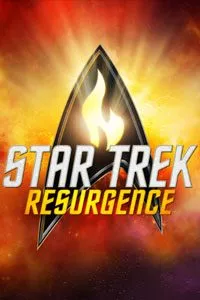 |
Star Trek Resurgence23 May 2023PC PS4 PS5 Xbox One Xbox Series S & X
|
This article may contain affiliate links, meaning we could earn a small commission if you click-through and make a purchase. Stevivor is an independent outlet and our journalism is in no way influenced by any advertiser or commercial initiative.



